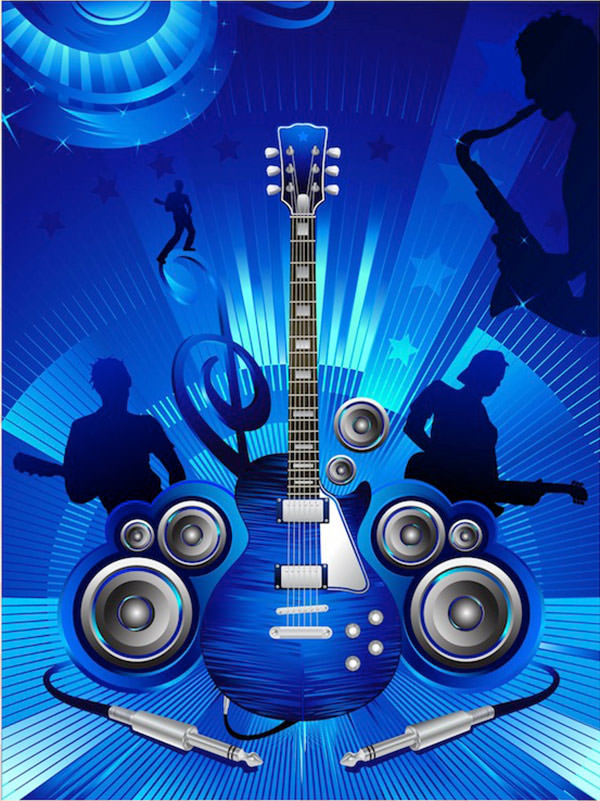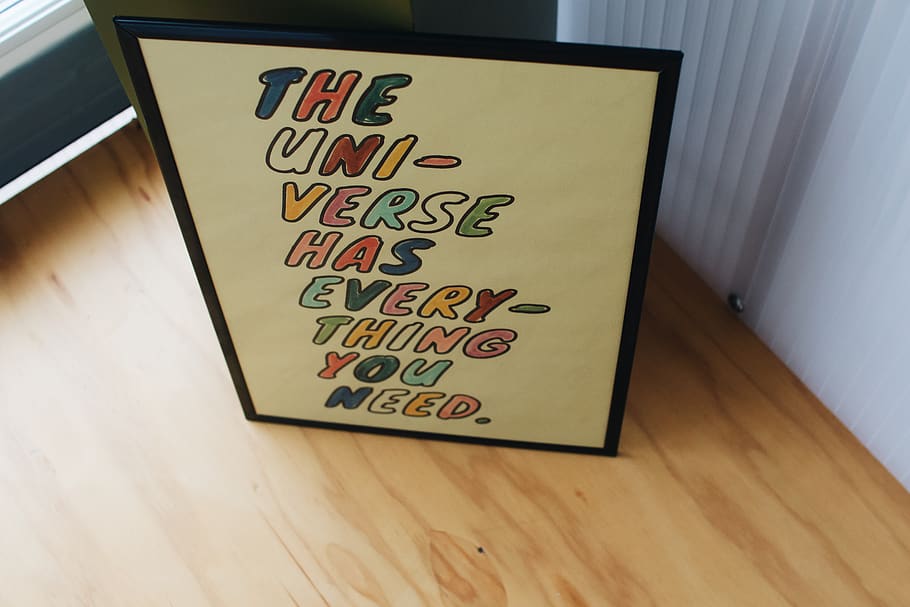
We are 'conditioned' to start at the top left of a page, scroll to the right, and then return to the left, following this pattern down the page. Printing out a proof at full-size and viewing it at the distance you expect your audience to read it is a great way to check legibility.

The what, when, where of your design should be immediately clear and easy to read. The body copy should be even smaller, but not so small that it becomes illegible. The subtitle should be smaller, but still relate to the title. The title should be the largest and most commanding of all type in your design.
Typography hierarchy: Title, subtitle, and body copy should all be organized by size. Value, saturation, and temperature are also important things to consider with your design. Using high-impact colors like yellow or red, or contrasting colors like blue and orange, can grab attention and prioritize information. Splashes of color can be useful in drawing attention to important information. Color: A cohesive, consistent color palette should always be a priority. In addition, if too many objects are relatively the same size they compete for attention, rendering the design ineffective. Balance is key, making elements too small can render them unreadable, and too large can be overwhelming. 
Conversely, reducing size can de-emphasize and lower visibility.
Relative size: Enlarging an object is one of the easiest ways to give it visual importance. There are many ways to create hierarchy in your design, most commonly by adjusting the relative size of objects, color use, and typographic hierarchy. Objects with the greatest contrast to their surroundings are almost always seen first. Visual hierarchy is the arrangement of elements in an order to suggest importance. It is a coated paper with a good thickness that handles ink very well. For even thicker posters, we recommend using our 14pt C2S board. Full-bleed tabloid size is 11.25x17.25".Ī common poster substrate at Bug Press is 100lb Gloss Book. If color is to extend to the edge, then the size you create in InDesign or Illustrator should factor for bleed, either by adding a bleed in your document settings (0.125" on all sides), or by creating your document at output size. The most common printed poster size is tabloid (11x17"). Knowing how your design will be used, the type of substrate desired, the finished size, where posters may be placed, or if handbills will be made from the same design, are all incredibly helpful in creating an effective completed project. Here are some tips for successful production: 1. 
Viewers need to be drawn to your design out of a myriad of others, and glean vital information quickly. Posters are usually seen at a distance for only a moment.







 0 kommentar(er)
0 kommentar(er)
